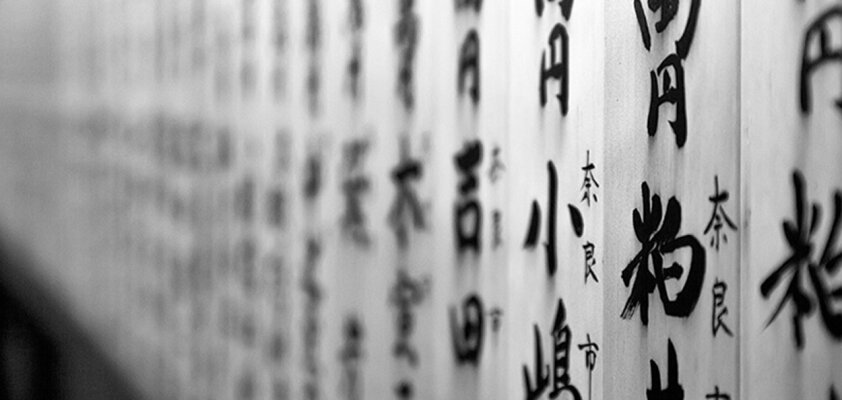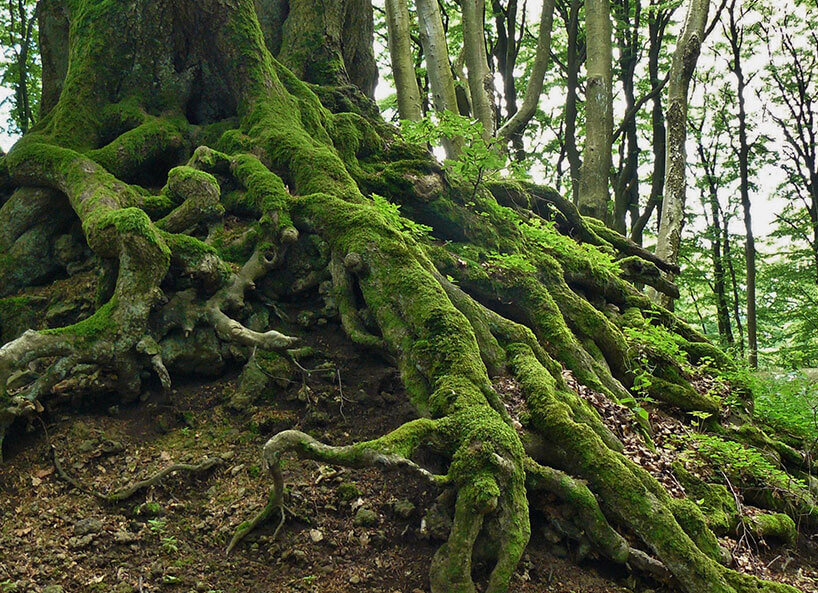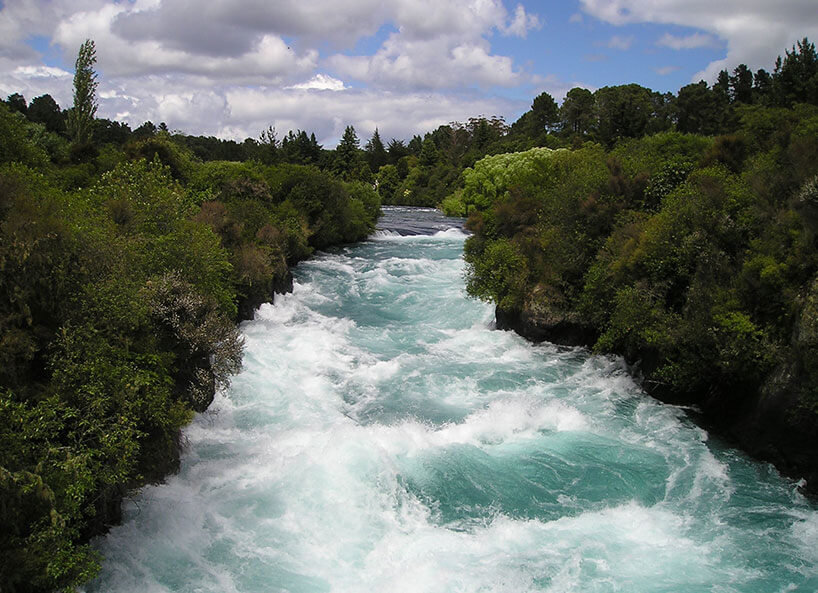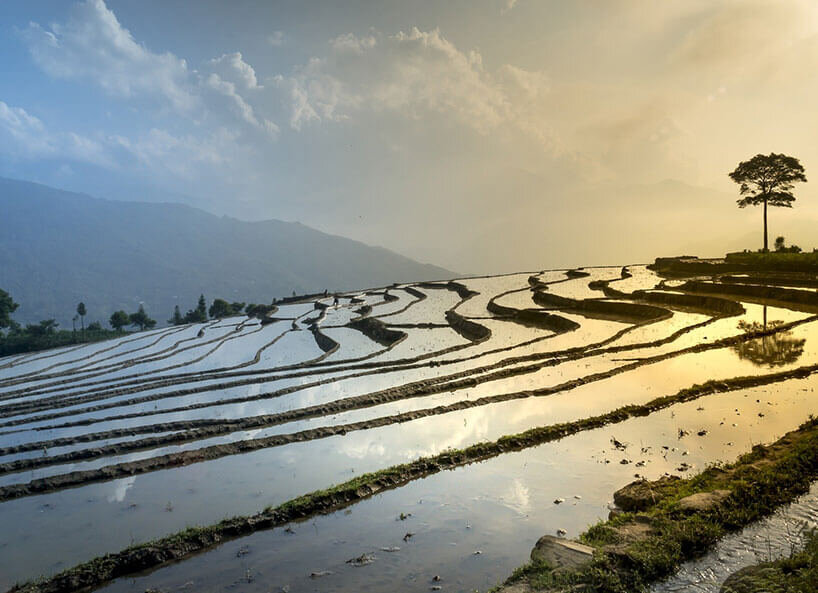Japanese Last Names with Meaning

Suzuki, Watanabe, and Yamamoto are among the most common Japanese family names today – Myoji (名字). Japanese people have over 100,000 different names, while residents of China and Korea share only a few thousand or hundred family names each. Japanese surnames not only have a long history but also always carry a meaning that tells a story. What lies behind this diversity of names?
The role of the Japanese surname
First names bestow individuality, while surnames indicate belonging to a family. What holds greater significance varies from culture to culture. In collectivist Japan, it is clear: The group, especially the close family, takes precedence. Therefore, the surname is crucial and is always mentioned first. Moreover, it is often written in uppercase letters: For example, Haruki Murakami becomes MURAKAMI Haruki. Accordingly, one addresses a person by their surname – unless they are very close – and does not forget the polite san at the end, as in Nakamura-san or Sato-san.
Japanese surnames - Moto, Yama, Gawa...
While a tenth of the population holds the top ten Japanese surnames, there are also some rare, curious surnames. 一二三 Hifumi, for example, literally means "one two three." Only two families share the name 鰻 Unagi – "Eel." 東京 Tokyo is the name of only one Japanese family, but they do not originate from the capital – they live in Osaka. The name 正月一日 actually means "first January" but can also be read as a surname, Ara, or Ao.
Often in Japanese names, you come across the same ending, similar to -mann in our case. Naturally, these endings also have meanings. Mostly, they are terms from nature that characterize these surnames. 本 Moto alone means "root" or "origin." 山 Yama means "mountain," while 川 Kawa or Gawa stands for "river." Da, as in Honda, comes from 田 Ta – "rice field." The content of such surnames reflects Japan's traditional connection to nature and its agricultural history.
However, family names, as we know them today, do not have a very long tradition in Japan. From 1587, it was prohibited for all non-samurai – still, 90 percent of the population – to officially have a surname. This regulation only applied to official documents and in the presence of samurai, so many still informally used family names – the Myoji still in use today.

"root" = Moto

"mountain" = Yama

"river" = Kawa/Gawa

"rice field" = Ta (von Da wie Honda)
Three surnames at once?
To understand the origins of Japanese surnames, it is worth looking into the history of the family in Japan. It didn't always resemble our concept, as until the rule of the emperors, it wasn't the nuclear family as we know it today, referred to as Kazoku in Japan. In the samurai class, it was rather clans (Shizoku). The inheritance of clan leaders was divided equally among all children, whether male or female.
Members of the Japanese samurai class could bear several surnames. The original clan name was 氏 Uji. Nobles additionally received a noble title from the emperor: 姓 Kabane, which was appended to the Uji. Together, this name was 氏姓 Shisei. The most powerful and well-known clan in Japanese history was 大和 Yamato (Ya – "great" and Mato – "harmony"). It influenced the Japanese nationality to the extent that it is now the namesake for the largest ethnic group in the country.
Some powerful clans in the Heian era (794 – 1185) became vassals of nobles and began adapting their names as well. As more clans shared the same surnames, groups of samurai resorted to new Japanese surnames to differentiate themselves and emphasize their individual status. These were also an early version of today's Myoji. Even when samurai inherited or cultivated land outside their family estates, they chose their Myoji surname based on these new territories. Although Uji remained the official surname, Myoji was predominantly used in daily life, gradually establishing itself as the most important part of the name.
New state, new Japanese surnames
Among the most common Japanese family names until the Meiji Restoration at the end of the 19th century were Fujiwara 藤原 ("Wisteria Field"), the name of the most powerful noble house, and Minamoto 源 ("Source" or "Origin"), the name of the most influential Japanese samurai clan. It became increasingly challenging to distinguish between bearers of these surnames, who constituted a significant portion of the Japanese population.
During the Meiji Restoration, society and politics in Japan were fundamentally reformed, and in 1875, a new law was enacted that required every resident of Japan to register a family name. The newly established family register is called Koseki, and today, every newborn child is entered into it. At that time, the surname listed in it represented a household with multiple generations under one roof. After World War II, its contents were reformed to now include only the nuclear family with up to two generations, i.e., parents and children. Interestingly, the imperial family has its own family register (Kotofu), and the emperor himself does not have a surname – he has always been regarded as a kind of deity not belonging to any clan.
What makes it unique is that the newly assigned Japanese names were mostly not simply adopted but originated from the pens of local temple priests. Therefore, a Japanese surname today does not necessarily reveal anything about family roots. Instead, it often reflects the characteristics of the place of residence or possessions: for example, 原 Hara for "Field," 澤 Sawa for "Swamp," 橋 Hashi for "Bridge." If someone lived near a water source, they could be named 井上 Inoue ("on the well"). If they had a wooded hill nearby, 松岡 Matsuoka ("Pine Hill") seemed like a fitting surname. Occupational titles could also be used, such as 鍛冶 Kaji for "Blacksmith." If a family had an affinity for cooking, that could also be reflected in the name: for example, 味噌 Miso or 醤油 Shoyu like "Soy Sauce." Powerful clans could name themselves after the regions they ruled, so a surname could indicate the origin of ancestors.
The Japanese family names that were transferred unchanged were usually not those of the most influential nobles because transferring the name also transmitted the taboos associated with it. Therefore, the names of great rulers from past empires, such as Tokugawa or Ashikaga, are almost extinct today.
The Japanese family past and present
If the family structure has changed over the epochs, what does it look like in modern Japan? Regarding marriage, tradition is upheld: In Japan, it is customary and even legally required for one spouse to give up their surname upon marriage, with it almost always being the woman. Her maiden name, Kyusei, is then used at most informally. The law is still controversial and sparks protests among the female population, but surveys also show that many Japanese see a positive influence of having the same surname for the family's children.

Changing a Japanese surname with marriage has only been practiced since the Heian era (794 – 1185). It was during this period that the patriarchal Ie-family system with a male family head, where only the eldest son inherits the right of succession, became widespread throughout Japan – until then, married couples often lived with the wife's family. Nevertheless, the essence of the Japanese family continues to evolve, and the original patriarchal system is already considered outdated.
Like the family, the various historical types of Japanese surnames have merged into a single form today. One can now roughly distinguish between the family name (Myoji), the first name (Namae), and full name (Shimei) in Japanese. The characters for 氏 Uji and 姓 Kabane are still preserved today, for example, for legal or fortune-telling purposes. Although the various types of Japanese surnames may seem complicated, one only needs to remember one today to show politeness and respect to their Japanese counterpart – and perhaps learn something about the history of their family.
Summary
Changing a Japanese surname with marriage has only been practiced since the Heian era (794 – 1185). It was during this period that the patriarchal Ie-family system with a male family head, where only the eldest son inherits the right of succession, became widespread throughout Japan – until then, married couples often lived with the wife's family. Nevertheless, the essence of the Japanese family continues to evolve, and the original patriarchal system is already considered outdated.
Like the family, the various historical types of Japanese surnames have merged into a single form today. One can now roughly distinguish between the family name (Myoji), the first name (Namae), and full name (Shimei) in Japanese. The characters for 氏 Uji and 姓 Kabane are still preserved today, for example, for legal or fortune-telling purposes. Although the various types of Japanese surnames may seem complicated, one only needs to remember one today to show politeness and respect to their Japanese counterpart – and perhaps learn something about the history of their family.











-from-the-yakiyaki-grill-pan.jpg)




